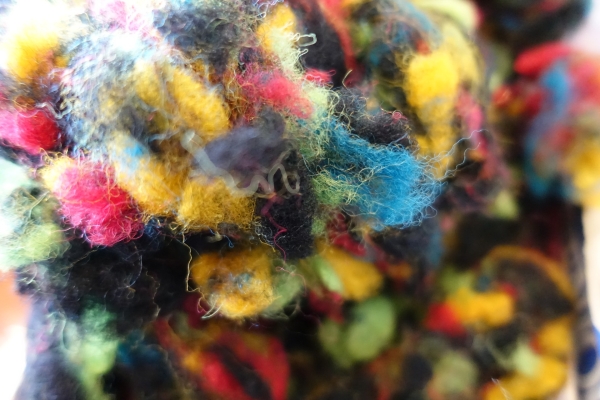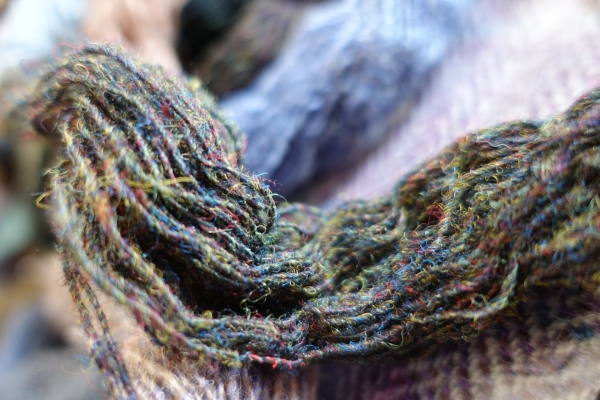Magic or Mystery?
28th September
The old ways of hand-dyeing the wool brought many challenges and proved to be a gamble, not knowing what the final outcome would look like. It was a skilled process and required vast knowledge of plants, which more often than not was passed on through the generations. What would begin as an experiment would develop into a fine process for producing the most vibrant colours of all tones and shades.
The art of natural dyeing was achieved by gathering some of the following plants and lichens:
Blue: Woad, bilberry or blaeberry with alum, and elder and broom with alum.
Yellow: Dyer’s rocket, broom, mugwort, and saffron crocus.
Red: Stone parmelia, which produced a reddish-brown and was a favourite shade for Harris Tweed® cloth.
Black or grey: Yellow flag iris, meadowsweet, alder-tree bark, root of the common dock, oak bark and acorns, and water-flag root.
Dark green: Ling heather, teasel, iris leaf, broom and whin or furze bark.
Magenta: Dandelion
Orange: Barberry root, peat soot and bramble.
Purple or Crimson: Cudbear
The rise in demand for Harris Tweed® at the beginning of the 20th century meant that it was no longer sustainable to hand-dye the wool. Thus began the introduction of synthetic dyes, which brought many more advantages. A faster production rate, a variety of different colours and a guarantee of consistency, inevitably largely eliminating the traditional process.
From the land comes the cloth.
Images from the Harris Tweed Authority
With reference to the book Harris Tweed: The Story of a Hebridean Industry – Francis Thompson

